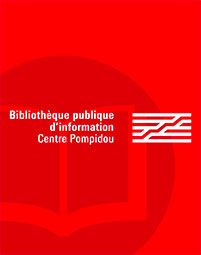par Friedman, Milton (1912-2006)
Aldine Pub. Co.
-
-
Disponible - 330.86 FRIE 1
Niveau 3 - Economie
par Friedman, Milton (1912-2006)
Aldine Pub. Co.
-
Disponible - 330.86 FRIE 1
Niveau 3 - Economie

The optimum quantity of money is most famously associated with Milton Friedman (1969). The optimum is a normative policy conclusion drawn from the long-run properties of a theoretical model. Friedman posited an environment that abstracts from all exogenous shocks and nominal price and wage sluggishness. The basic logic is then straightforward. One criterion for Pareto efficiency is that the private cost of a good or service should be equated to the social cost of this good or service. The service in question is the transactions role of money. The social cost of producing fiat money is essentially zero. Since fiat money pays no interest, the private cost of using money is the nominal interest rate. Hence, one criterion for Pareto efficiency is that the nominal interest rate should equal zero. Since long-run real rates are positive, this implies that monetary policy should bring about a steady deflation in the general price level. This famous policy prescription is now commonly called the Friedman rule.

Disponible - 330.86 FRIE 1
Niveau 3 - Economie